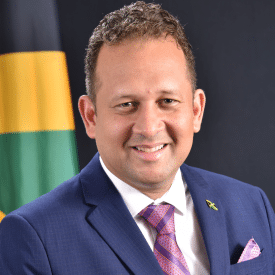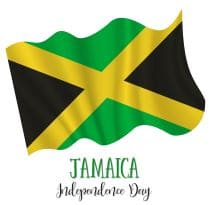UN-backed test shows need to improve Caribbean tsunami warning system
NEW YORK – The first full-scale test of the tsunami warning system in the Caribbean has highlighted the need to reinforce preparations as well as improve communication, evacuation plans and the role of the private sector, the United Nations said Saturday, March 26.
The simulated tsunami alert, dubbed Caribe Wave 2011, was carried out on March 23 and involved 34 countries. Under the test scenario, a 7.6-magnitude earthquake was signaled off the coast of the Virgin Islands, which generated a tsunami with waves reaching of up to ten metres.
The exercise tested the Tsunami and Other Coastal Hazards Warning System for the Caribbean and Adjacent Regions (Caribe EWS), which was set up in 2005 under the aegis of the Intergovernmental Oceanographic Commission (IOC) of the UN Educational, Scientific and Cultural Organization (UNESCO).
“The exercise highlighted a number of gaps in the transmission of information,” UNESCO stated in a news release, noting that in several areas, the message was not received by the Global Telecommunications System (GTS).
In other cases, reception of messages via the Emergency Managers Weather Information Network (EMWIN) failed. At national level only a few mobile telephone operators joined the exercise.
Populations and media throughout the region keenly followed the exercise, which also allowed for an evaluation of evacuation plans and the role of the private sector in the case of a catastrophe, the agency added.
“I am delighted with the level of participation in this exercise and the interest that has been shown by local populations,” said UNESCO Director-General Irina Bokova. “Such drills are essential to evaluate the efficiency of warning systems and ensure their efficient operation when catastrophe strikes.”
Similar exercises have been held in the Pacific (2008) and Indian Ocean (2009) regions.



